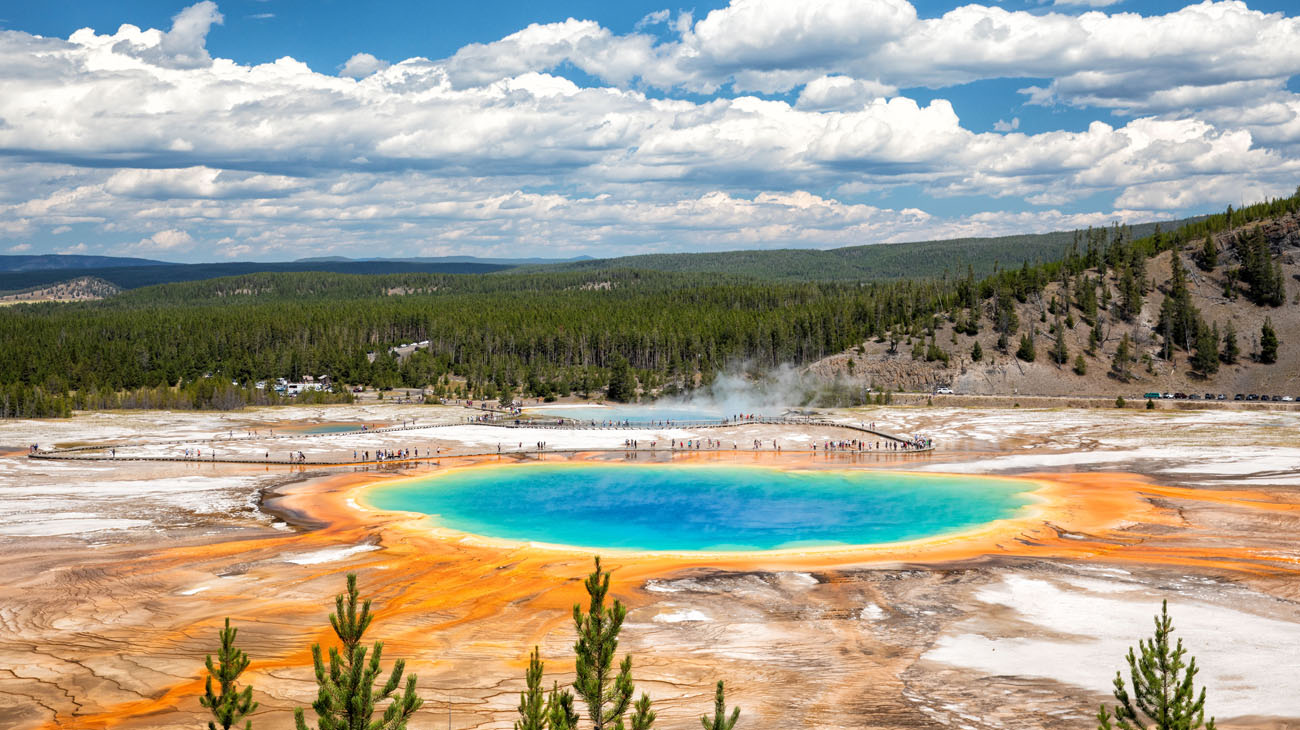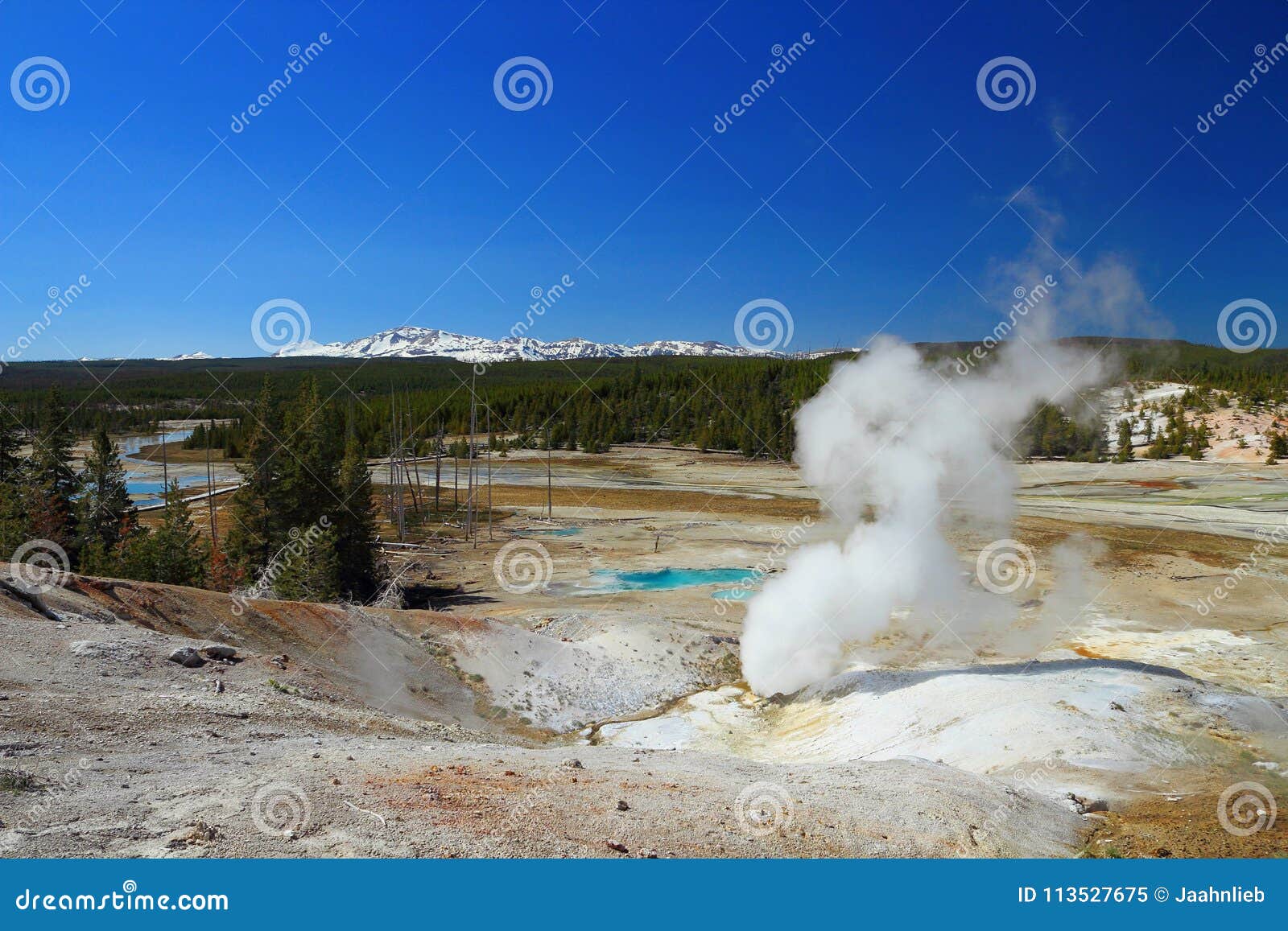


By the late 1860s, they had forced the U.S. The Húŋkpapȟa and their kin and allies surveilled the gold seekers and, when they had the advantage in numbers and terrain, attacked the settlers’ wagon trains. The slanted red eagle feather he wore in his hair commemorated these and other war wounds, while a vertical white one signified his many acts of bravery in battle. He walked with a slight limp-the legacy of wounds to his left foot and hip in battles with Flathead, Crow and United States soldiers. Illustration by Meilan Solly / Base map via Getty Imagesīy 1862, Sitting Bull had become one of the Húŋkpapȟa Lakota’s most influential leaders. Yellowstone Basin, located at the far western edge of their lands, was a shared Indigenous landscape used as a thoroughfare and hunting ground by many tribal nations. At the time, Lakota lands extended west from that river (which they called Mníšoše) to the Rockies and as far south as Colorado. Lakota peoples didn’t encounter large numbers of white migrants in their homelands until the summer of 1862, when thousands of gold miners began streaming toward the northern Rocky Mountains from boat landings on the Upper Missouri River. Taffe’s question acknowledged the growing power of Lakotas in the Northwest-and the extent to which they would continue to shape American exploration and preservation of Yellowstone. Tensions had escalated in recent months as military forts and towns proliferated and railroad surveyors began entering Lakota territory. Lakotas-one of the seven “ council fires,” or nations, of the Očéthi Šakówiŋ-had been resisting white encroachment on their territory between the Upper Missouri River and Yellowstone since the early 1860s the Húŋkpapȟa, a group of Lakotas under the leadership of Tȟatȟáŋka Íyotake ( Sitting Bull), were at the forefront of these efforts. The congressman, however, had the Očéthi Šakówiŋ at the forefront of his mind. Taffe’s query surprised his colleagues, most of whom did not consider Indigenous land rights an obstacle to federal projects in the West. The propulsive and vividly told story of how Yellowstone became the world’s first national park amid the nationwide turmoil and racial violence of the Reconstruction era Buy Saving Yellowstone: Exploration and Preservation in Reconstruction America Then, John Taffe, a Republican from Nebraska and the chairman of the Committee on Territories, announced that he had a question: “It is whether this measure does not interfere with the Sioux reservation.”

Legislators introduced the bill after geologist Ferdinand Hayden returned from a congressionally funded expedition to this “ land of wonders” in the fall of 1871, bringing back 45 boxes of specimens, along with photographs and illustrations of the basin’s unique features.Īs members of the House of Representatives debated the act in late February 1872, they focused on the threat it might pose to white settlers’ land rights. Now Yellowstone National Park, the tract of land included the Yellowstone Basin’s astounding geysers and other geothermal features, as well as its canyons, valleys, waterfalls and lakes. Return to Waypoint 1.Signed into law exactly 150 years ago, the 1872 Yellowstone Act proposed a massive government acquisition of more than 1,760 square miles in Wyoming Territory (an area larger than the state of Rhode Island). One of the park’s most well-known hot springs, Emerald Pool’s color is created by the water’s blue reflection and the yellow algae that grows beneath the water’s surface.Įxamine the various shades of orange around the edges of Rainbow Pool (created by algae and cyanobacteria). Ahead, turn left onto the boardwalk that leads to the deep greens of Emerald Pool. The ruddy-colored banks of this creek are not caused by iron, but by reddish-brown algae that flourish in these thermal waters. In 35 feet, turn right to access the observation deck for Cliff Geyser, a sporadic geyser that resembles a crater.Ĭross a footbridge over Iron Spring. MORE PARK INFO Yellowstone National Park, (307) 344-7381 nps.gov/yell/įrom the parking area, follow the path to the southwest. Finish off the tour at the aptly-named Rainbow Pool whose multi-colored waters are caused by algae and cyanobacteria. Next, cross a footbridge over Iron Spring and turn left on the boardwalk that leads to the deep greens of Emerald Pool, one of the park’s most well-known hot springs. In 35 feet, turn right to access an observation deck overlooking Cliff Geyser, a sporadic, crater-like geyser. This quick, 0.4-mile boardwalk tour starts at the parking area just west of Old Faithful and heads southwest. Named for the obsidian sand that is common throughout this basin, Black Sand Geyser Basin is home to a plethora of steaming geysers and hot springs. Heading out the door? Read this article on the new Outside+ app available now on iOS devices for members!


 0 kommentar(er)
0 kommentar(er)
